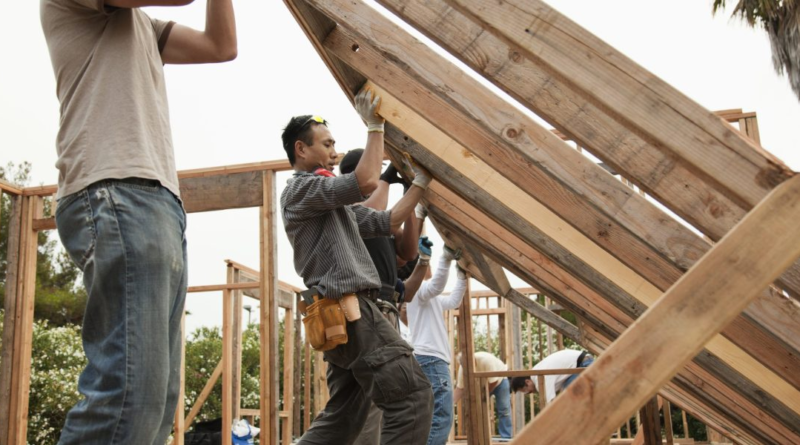Lumber prices are nearing all-time lows but could be headed for a rebound, executive says. ‘We are extremely, extremely cheap’
After dipping below post-pandemic lows this past week, inflation-adjusted lumber prices are approaching their all-time lows and are 20%-30% below production costs, according to Sherwood Lumber COO Kyle Little.
Prices for the key construction material went on a wild ride during the pandemic and after, soaring as high as $1,514 per thousand board feet in May 2021 as housing starts surged, then crashing in 2022 and hitting a low in early 2023.
A rebound started to build momentum last year and into early this year, but prices began tumbling again in March and were last trading around $450 on the Chicago Mercantile Exchange.
“We are extremely, extremely cheap relative to the past,” Little told CNBC on Friday. “There is room to go lower, no doubt about it.”
In fact, prices undercut their early-2023 lows over the past week but bounced back about 3%-4% from those levels, he added. “Maybe we’ve started to recognize that this has finally capitulated and prices are ready to do something else.”
Lumber tends to lead other construction materials and will be first to go down and first to recover, according to Little, who sees a bear market rally ahead.
Lumber prices have been falling this year as overall weak demand in the housing market has kept construction activity subdued.
Last month, data on housing starts showed that construction on new homes fell 5.5% in May to hit the lowest level since June 2020, when the pandemic sent the homebuilding sector reeling. Permits, an indicator of future construction, also fell as high interest rates weighed on housing demand.
Meanwhile, the supply side of the equation has been even more out of whack. After lumber prices surged in 2021 and 2022, the industry began investing to increase production. But because it takes years to bring new sawmills on line, a lot of the lumber supply that was commissioned back then is just now coming to market.
“It’s a classic bullwhip,” Dustin Jalbert, a senior economist who leads Fastmarkets’ wood products team, told Fortune earlier. “The supply side [responds] in a like manner to demand, and by the time it comes to the market that demand picture is already changed—and in this case in a negative way.”




